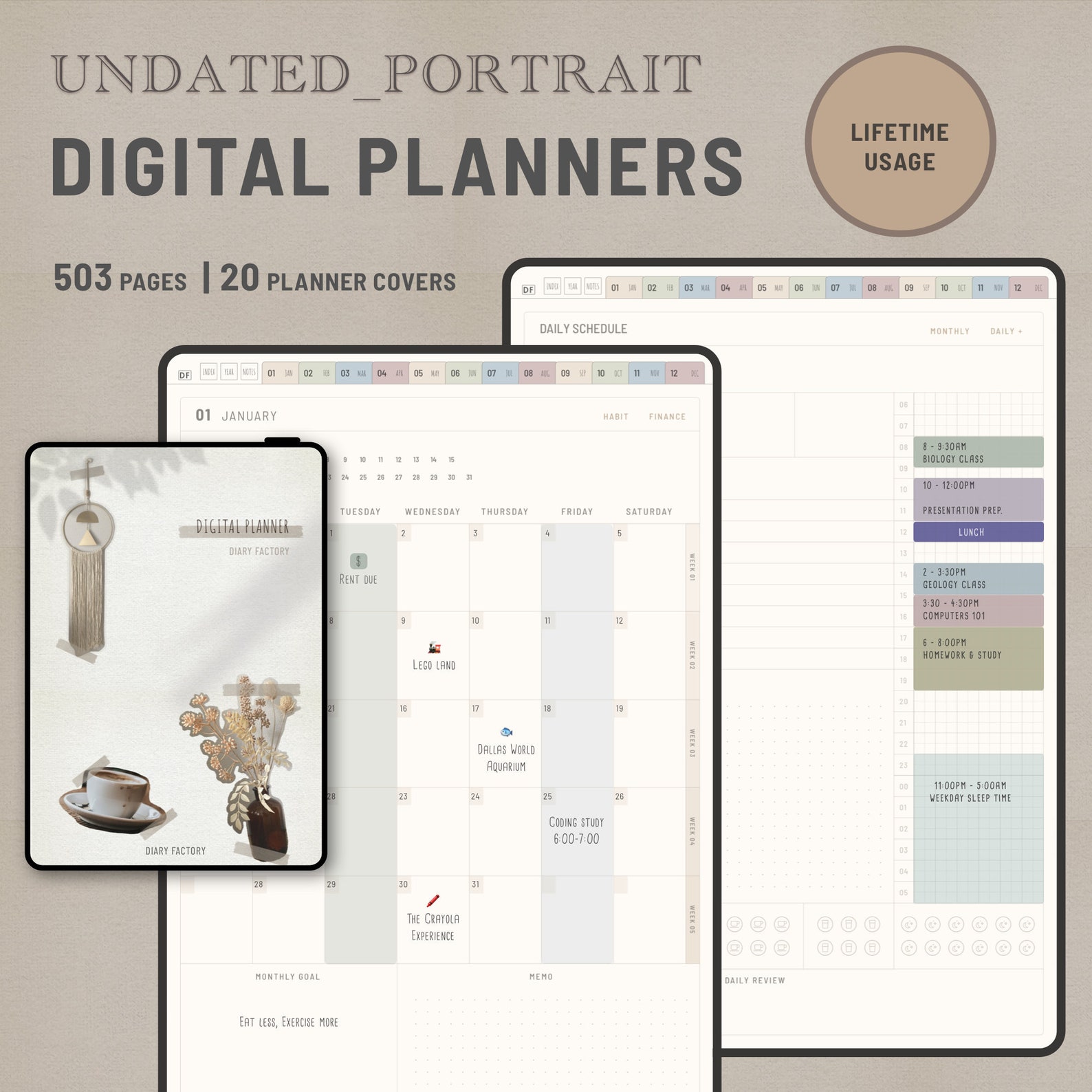

Also, begin writing down your physical activity each day and the length of time you do it. Check the nutrition facts label for serving sizes and number of calories, and consider portion size.Ī food and beverage diary will help you become more aware of what you are consuming.
Achieve diarie plus#
To learn how many calories you are taking in, write down the foods you eat and the beverages you drink, plus the calories they have, each day. Then click on the results to see recommended daily amounts fruits, vegetables, protein, dairy, and grains for adequate nutrition at your calorie level. See MyPlate Plan to determine how many calories a day you need to maintain your current weight based on your age, sex, height, weight, and physical activity level. Food and NutritionĬounting calories all the time is not necessary, but in the beginning, it may help to determine how many calories are in the foods and drinks you consume regularly. If you need to gain or lose weight, consider changing your dietary pattern and physical activity level to achieve your goal. At present open questions refer to the desirable or non-desirable stability of surveys by means of pain diaries and the possible generation of secondary effects as the result of long-term diary recording.A healthy lifestyle includes good nutrition and adequate physical activity. Problems arise, in spite of the quantitative data level, from the limited comparability of results and the undeniable reactivity of measurements. Due to the effort required by diary analysis the use of pain diaries seems to be indicated only if there is the intention to generate quantitative data by mathematical-statistical methods. For the case example such statistically significant relations exist between pain intensity, therapeutic interventions, and sleep duration. Finally, the use of correlation statistics is useful to reveal important relationships between secondary data. Time-related measures of deviation, developed in the 1930s by von Neumann et al., and a simple version of time-series analyses developed by Tryon, are described and compared with one another.
Achieve diarie series#
Moreover, the variability of data can be analysed by trend coefficient and time series analysis. A small deviation in this case reveals a relatively constant course of pain parameters, whereas large deviation reflects an unstable course. The significance of deviation measures is demonstrated by a selected case example.

Additionally, the findings should be complemented by variation data to characterize these results with regard to their variability. Agglomeration data, such as frequencies, sums or means, are a first quantitative, but still superficial, process of analysis.

The secondary data can be divided into agglomeration, variation and correlation data. This provides a survey of the process of pain and at the same time a reference level for assessment of the secondary data. The first evaluation step includes the visual inspection of primary data. Three different phases are distinguished, and useful suggestions for analysis of individual cases are submitted. The data analysis of pain diaries is demonstrated with the help of selected individual cases. In addition, items in pain diaries usually have different scale levels, which can lead to problems in adaequate analyses of data. answer tendencies, memory effects, simulation. They are instruments with a large potential reactivity of measurements, e.g. Despite numerous advantages, problems with the application and data analysis of diaries must be kept in mind. A particular advantage of pain diaries is the possibility of individual design and realization. There-fore, they have many fields of application, which extend to the topography, differential diagnosis, therapeutic evaluation, classification, indications and, obviously, to questions of research. Pain diaries are especially suitable for considering pain course over time. They exist as paper-and-pencil versions, as electronic diaries or as uptime recorders. There are syndrome-specific and non-syndrome-specific diaries. Pain diaries are modern evaluation instruments for assessment of pain dynamics and treatment outcome.


 0 kommentar(er)
0 kommentar(er)
